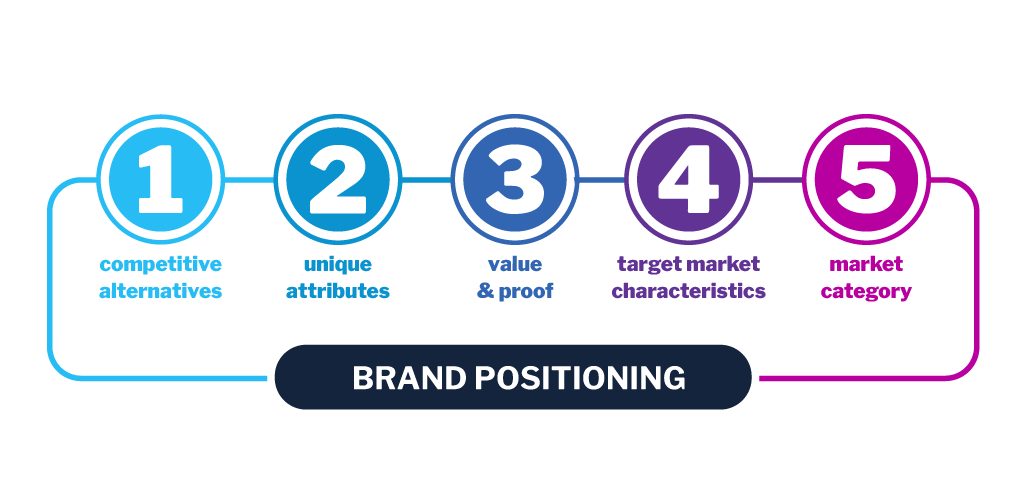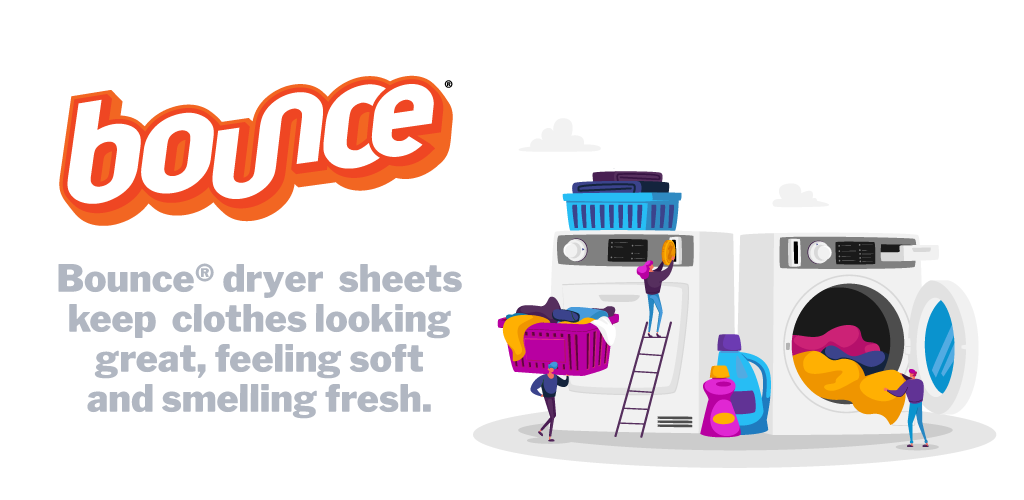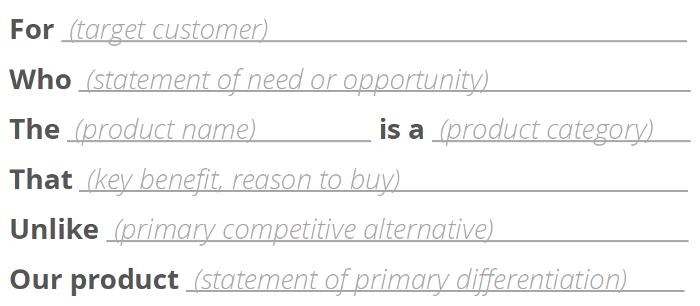
Brand Positioning
July 13, 2021 - Solution

July 13, 2021 - Solution
In the Spring of 1917 American’s found themselves entering one of the deadliest wars in human history – The Great War. The “war to end all wars” presented a long list of risks to all those involved. Oddly enough, dental hygiene was on that list. In 1917 the U.S. Army declared poor dental hygiene a national security risk. At the time, only 7% of Americans owned toothpaste.
One man didn’t end the war, but shortly after, one man changed our daily lives forever – Claude Hopkins. An advertising legend. A marketing pioneer. The techniques he applied one hundred years ago to make brushing your teeth a daily habit still work today.
So how did he change the daily routine of nearly 80 million Americans? Brand Positioning.

Claude Hopkins’ 1923 book, Scientific Advertising, does not mention the term Brand Positioning. The term didn’t become mainstream until the late 60s (Saqib). Fifty years later it gets tossed around so often no one knows what it means, let alone, how to leverage it to drive sales. Here are two popular definitions:
“an organized system for finding a window in the mind. It is based on the concept that communication can only take place at the right time and under the right circumstances”
Positioning: The Battle for Your Mind – Ries and Trout (1981)
“the act of designing the company’s offering and image to occupy a distinctive place in the mind of the target market.”
Marketing Management, Kotler (2003)
Two themes emerge from these definitions. First, brand positioning is deliberate: an organized system, the act of designing. Second, the output lives in the customer’s mind: a window in the mind, a distinctive place in the mind.
This blog post will focus on the first theme – the deliberate process of positioning a brand.
Stay tuned for a future blog post that will analyze techniques to control the narrative in your customer’s mind. If you can’t wait, read these two books:
Power of Habit – Charles Duhigg
Influence: The Psychology of Persuasion – Robert Cialdini

What customers would do if your solution didn’t exist. It’s important to really understand what customers compare your solution with because that’s the yardstick they use to define “better.”
The features and capabilities that you have and the alternatives lack. you will have many differentiators. The key is to make sure they are different when compared with the capabilities of the real competitive alternatives from a customer’s perspective.
The benefit that those features enable for customers. If unique attributes are your secret sauce, then value is the reason why someone might care about your secret sauce. Value should be as fact-based as possible.
The characteristics of a group of buyers that lead them to really care a lot about the value you deliver. Your target market is the customers who buy quickly, rarely ask for discounts and tell their friends about your offerings.
Suppose your company was running out of cash and if the team didn’t close a certain amount of business by the end of the month, very bad things were going to happen. What types of customers would you focus on and why?
The market you describe yourself as being part of, to help customers understand your value. Market categories serve as a convenient shorthand that customers use to group similar products together. Declaring that your product exists in a market category triggers a set of powerful assumptions.
Effective marketing draws attention. Attention leads to analysis. Analysis provides insight. Those insights get documented and tested. This leads to predictable outcomes which ultimately earn larger budget allocations. Hence the 100+ year transformation of marketing as an art to what now more closely resembles a science. This journey has produced frameworks, models, and widely accepted best practices.
Remember, brand positioning is deliberate – or at least it should be. Using a model or framework makes the process deliberate (and repeatable). Increase your odds of success. Here are a few popular brand positioning frameworks that will set you up for success:

Lindsay Pedersen, brand strategist and best-selling author of Forging an Ironclad Brand, uses P&G’s Bounce product line as an example:
At launch Bounce emphasized their dryer sheets promise of wrinkle free clothes. For several years wrinkle free was the functional benefit that they messaged in all of their communications. So a few years into their launch customers readily understood that Bounce brought them the benefit of clothes that are wrinkle free. With that functional benefit of wrinkle free solidified after a few years, Bounce laddered up that functional benefit to the higher order benefit of attractive clothes.
– Pedersen

Startup guru, Steve Blank, created this simple framework after observing countless entrepreneurs struggle to communicate their value. The variables X, Y, Z could be interpreted as:

The Golden Circle was coined by Simon Sinek. It applies to leadership, life in general, and of course, brand positioning. The simplicity gives it power. The key is starting at the center before taking consecutive steps outward.

In Sinek’s famous Ted Talk, “Start with Why”, he reinforces this will Steve Jobs and Apple.


Geoffrey Moore published this framework in the marketing classic, Crossing the Chasm: Marketing and Selling High-Tech Products to Mainstream Customers. This is one of the most widely known and used frameworks among marketing professionals. It’s very straightforward and requires no further explanation.
We will use Amazon as an example.

Last but not least, the 10-Step Brand Positioning Model developed by April Dunford. She leveraged her experience in positioning several brands throughout her career to document an actionable framework for success. We believe this is the most comprehensive and actionable approach to brand positioning. We will review each step and provide tips to ensure success.
Note: we decided to omit her step related to “Trends”
You don’t look the way you think you look. In fact, scientists at UNSF in Australia found,
“although we live with our own face day-to-day, it appears that knowledge of one’s own appearance comes at a cost. Existing memory representations interfere with our ability to choose images that are good representations or faithfully depict our current appearance.”
(White et al. 359)
This is what is known as the “mere-exposure effect” (White et al. 359).
The same applies to your company, brand, and product. You are too close, too familiar, and too biased to really know what is loveable and most important. This is why it’s crucial that you ask your customers. Here are a few tips:
This brand positioning exercise is a team effort. Someone needs to lead, but many voices should be heard. It’s best to include all key stakeholders. Depending on the size and organization of the company, this might include: C-level, marketing, sales, product, and R&D. Bringing perspectives from across departments will increase your odds of success.
Just as this post started, you need to align on the definitions of marketing lingo. Marketers have a tendency to throw out buzz words – they often have different meanings to non-marketers.
Beyond definitions, it is important to agree on the status quo – your current baseline. Where you fit in the current market, how you anticipate growth, and competitive advantages.
Taking the time to gain alignment at the beginning will save you the headache of resolving bickering among the team later on.
It is best to combine in-house knowledge and feedback from your best customers. Ask the question, “If we ceased to exist as a company, who would our customers use to fill the void?” To gather insight from customers, focus only on the best-fit customers from step 1.
Once you have a list of competitive alternatives, you need to organize them. Dunford recommends ranking the list from most common to least. Then group them together based on similarity.
It’s time to list everything that makes your brand unique. Make this a collaborative exercise – each division or function within your business has something unique relative to competitors. Be creative.
Put yourself in the shoes of a prospective customer. What features of your product or service are evaluated relative to your competitors? These are known as consideration attributes. Focus on these.
With a list of unique attributes, evaluate each attribute or feature to determine if you can prove it is, in fact, unique. Social proof is powerful. Customer testimonials and unbiased third parties accomplish this.
Consider each feature on your list as an input. The feature’s impact on your customer is the output. The problem solved or the goal achieved is the value to your customer.
For example, you sell computer processors. A unique feature is your chip provides 36MB of cache storage.
| Feature (input) | Benefit (output) | Customer Impact (value) |
36MB cache storage | Optimized Performance | Stop waiting. Switch between all of your programs without buffer delays |
As you document the output and associated value of each feature on your list, patterns will begin to emerge. Group your feature list based on the value or benefit enjoyed by the customer. The goal is to shorten the list into just a few “value clusters” or themes.
“In positioning a product, we’re taking the most critical things that make us special and worth considering, and bringing the resulting unique value to the front and center.”
So far we have listed unique attributes, determined the value or benefit for the customer, and grouped them into value themes. We need to do the same thing with your current and prospective customers.
Seemingly similar customers assign different values the same benefit. Why? Many reasons – but typically due to differing goals or problems. The goal is to segment customers based on what they value. Specific is better than general. Narrow is better than broad. It is helpful to revisit Step 1 – your best customers.
“In general, the segment needs to meet at least two criteria to be worthy of focus: (1) it needs to be big enough that it’s possible to meet the goals of your business, and (2) it needs to have important, specific, unmet needs that are common to the segment.”
Our brains are inundated with stimulation. Generally, the brain is lazy. It looks for any opportunity to take a shortcut. This step taps into the hardwiring of the human brain and uses it as an advantage.
Creating a market frame of reference tells your customer’s brain which shortcuts to take. Instead of learning new information, let them associate your brand with something they already know. Here are a few questions to consider:
The appropriate market frame of reference depends on where your brand is currently positioned in the market. Your place in the competitive landscape can be categorized in three ways:
It’s crucial to understand the market dynamics that your business competes in. They determine the frame from which you can reference.
“We position our offering in a market to trigger a set of assumptions—about competitors, features and pricing— that work to our advantage.”
Document your positioning so that it can be shared internally. Get on the same page. This allows everyone in your organization to answer often difficult questions… Who are we? What makes us different? Where are we going?
Using a positioning canvas also allows you to make informed decisions when evaluating marketing strategies and budget allocations. If positioned correctly, you’ll see higher returns on all of your marketing investments.
Now that you are aligned internally, the last step is to align externally. The “Sales Story” provides sales and marketing a framework to communicate with customers, vendors, and prospects. Consistency drives results. It’s all about translating your brand positioning into a compelling story.
“The point of working through the sales story is that everyone in the discussion can agree on how the positioning translates into a ‘pitch’.”
Here is a framework for telling your sales story:
Not sure where to start positioning your brand? We’ve got the solution. Let our team of branding experts help position your business for success. Connect with us today to get started.